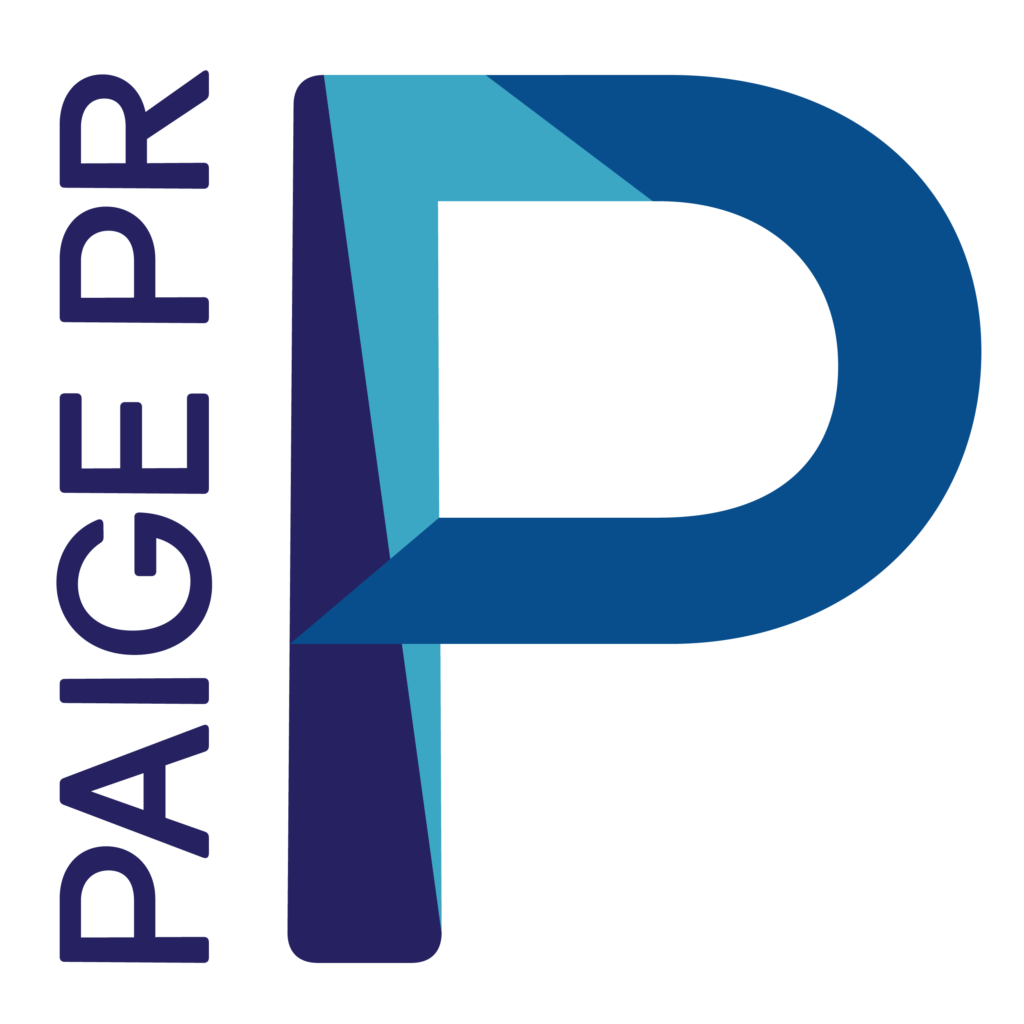LET'S GET CONNECTED!
Never miss a blog post from Paige PR! Our digital newsletter is packed full of actionable insights designed to inspire clear communication and real results to grow your business. Enter your info to subscribe!
Subscribe
When Bad PR Happens to Good Companies
Imagine your company has had a corporate communication department since your first day on the job. They are tasked with telling your company’s story and projecting its good image; educating and equipping employees with corporate messaging (you are brand ambassadors after all); issuing press releases and writing op-eds and other content that makes you and your colleagues look like experts in your field (because you are); and distributing more news and interesting tidbits about the company and the things it’s doing in the community on social media. It’s almost annoying how much company messaging you see – you know what the company does, you know its goals, you know where it’s headed and where its growth opportunities are. This company gets it — it’s prepared.
Now imagine you work for a company that has neglected corporate communication. Why would anyone do that in 2021? Company leadership might tell you it’s because they are a B2B business and don’t need it, or they like to “fly under the radar.” But more likely it’s because it costs money — branding, a website, marketing materials. And your company leadership views it as an unnecessary expense rather than an investment. After all, what could go wrong? And maybe for a long while nothing does go wrong exactly. You don’t really know what the company’s objectives are though, and you find there is a lot of division among business units — everyone seems to be rowing in a different direction. And when you get the chance to get in front of that stellar prospect, you spend days developing a Prezi about your company (without any corporate resources to guide you) only to have your supervisor throw it out because it “missed the mark.” If you knew there was “a mark,” you would have been able to aim a little closer! This company is not prepared.
Prepared for what?
Bad PR can happen to good companies.
Consider a situation where your company has successfully flown under the radar with little to no press for years. As the company grows, however, interest is piqued. Eventually, a local reporter starts working a story. When asked to participate in an interview, managers (who have no prior media experience) effectively say, “no comment,” assuming this is a safe course of action. Rather than cooperate with the reporter, they leave him or her to develop the story on their own. The reporter pulls together facts, stats, and background information from the company website (is it up to date?) and talks to outsiders — maybe a “friendly” industry competitor and a former employee (perhaps disgruntled?). When the story comes out, it’s not entirely negative, but it’s misleading, full of mistakes, and it makes management look defensive. The company missed a golden opportunity to introduce itself in a positive light and to tell its own story.
While this exact situation can happen to anyone, there are foundational communication elements your company can develop to ensure its first encounter with the media is a successful one:
Corporate Messaging: These are the foundational messages specific to your business and tells the audience what the company does, the audience it serves, key company and product/service benefits and its unique value proposition (what makes your company/product/service stand out and why?). These messages should be woven into all communication materials, ensuring your messages are consistent across all platforms – web, social, marketing collateral, press releases, media interviews, etc.
PR Strategy: Developing a PR strategy ensures strategic media outreach is not only being sought after and obtained but is also in support of overall business goals. Identifying key outlets where you can reach your audience with your messages and develop a positive public image is vital. Oftentimes, you can plan PR activities up to a year in advance (for publications and outlets with set editorial schedules); however, you’ll also want to follow key reporters and trending themes so you can pitch and secure editorial and interview opportunities on the fly.
While paid editorial opportunities do exist, earned media by an objective reporter can be far more valuable, which is why working with a reputable public relations firm and building corporate messaging is critical.
Media Training: Not everyone is comfortable at the podium or on camera. However, with today’s 24/7 media cycle and an ever-expanding cancel culture, it is important for every company to have identified spokespeople trained and ready to respond. Whether your company is asked to participate in an industry “fluff piece” or an executive is “called out” on social media, ignoring it or responding with “no comment” can be incredibly damaging. Understanding how the media work and preparing for it is the easiest way to make executives feel more comfortable before speaking to a reporter.
Need help with corporate messaging or a targeted PR strategy? We’re here to help.


